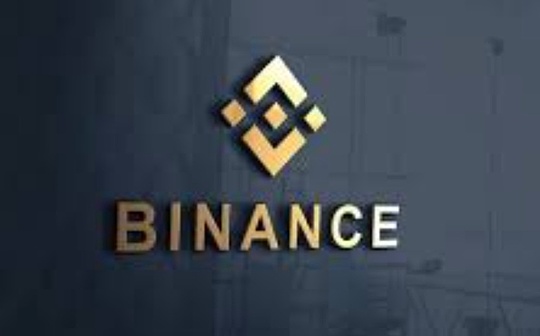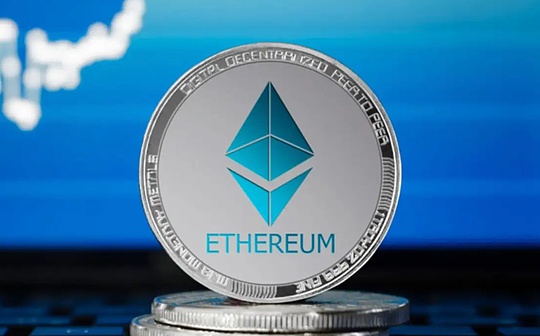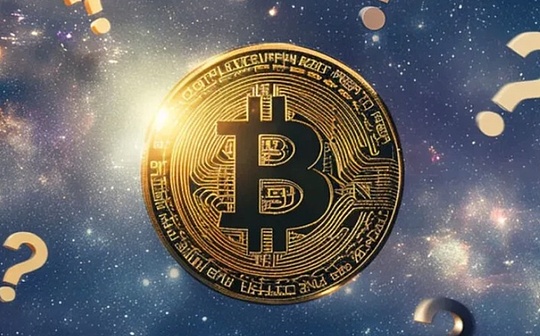
Author: Sovryn, Translation: 0xxz@作 作 作 作 作
With the introduction of Ordinals, Bitcoin native assets have grown in 2023.Casey Rodarmor, the founder of the Ordinals protocol, intends to launch the Runes protocol when Bitcoin fell in April 2024.
This guide allows you to understand the Bitcoin Runes token and how they will affect the Bitcoin ecosystem.
1, BitcoinRunesWhat is the agreement?
The Runes protocol is a token standard for issuing homogeneous tokens on Bitcoin to provide users with a more efficient homogeneous currency creation method.
Runes will be released in April 2024, and the same period as the upcoming Bitcoin is halved.
(1) Who createdRunesprotocol?
Bitcoin developer Casey Rodarmor proposed the Runes agreement in September 2023 to use it as an optimized token standard for alternative assets on Bitcoin.
Since then, he has been studying the agreement, with the goal of launching in April 2024.Rodarmor is a well -known developer in the encryption field. He is the founder of the Ordinals protocol. Developers have used the Ordinals protocol to issue various token standards for native assets on Bitcoin.
Although the Runes protocol has not yet been released on the Bitcoin main network, some developers are already based on its construction project.These projects include RuneALPHA, PIPEBTC and RSIC, and so on.
(2) Why createRunesprotocol?
Rodarmor describes Runes as a simple protocol in his blog post with the smallest chain footprint and responsible UTXO management.
UTXO (without spending transaction output) is a bitcoin value unit related to a specific address on the blockchain. It represents the funds that have not been spent and can be used as the input of new transactions.
Runes is different from the BRC-20s tokens. The BRC-20s tokens are complicated and are not based on UTXO.The latter features lead to excessive garbage UTXOS in the BRC-20s tokens, causing congestion of the Bitcoin network.
The goal of Runes is to replace the inefficient BRC-20s to the BRC-20 tokens.
In addition, the Runes protocol is better than other existing Bitcoin alternative token protocols (such as RGB and Taproot Assets).These existing options are too dependent on the data under the chain.
For example, Taproot Assets stores the metadata of its assets under the chain to separate the asset information from the Bitcoin’s main layer.Options such as Omni Layer and Counterparty require native token to run.In short, Rodarmor believes that these issues make these existing agreements very troublesome and not user -friendly.
2As well asRunesHow is the agreement operating?
Runes’s model based on UTXO is naturally integrated with Bitcoin using UxtOS.This will help UTXOS, which will bring to the maximum to bring network congestion UTXOS.
UTXO is a designated BTC that you have not yet spent, you can use it for new payment.It is the output of the previous Bitcoin transactions. It has always been spent before being used as a new transaction input.
A RUNE is assigned to UTXO through a protocol message. The protocol message uses OP_RETURN to specify output, ID, and amount.
OP_RETURN is a unique feature of Bitcoin data storage.OP_RETURN output does not occupy the UTXO set because they have proven that they cannot be expected.
ID is a digital identifier of RUNE, and the output specifies the output index to receive the RUNE token.Amount determines how many Rune tokens will be transferred.
All Rune messages, whether it is created by ETCHING, or the transfer of Runes, is encoded in the OP_RETURN output in the affairs.The score, RUNE name, and other metadata are in the same OP_RETURN of the same affairs.
A Rune token supply is included in a single UTXO.The supply/transfer AMOUNT is a 128 -bit unsigned integer, so the maximum value is 340282366920938463374607431768211455.Each Rune has a “score”, which is the number of decimals it can have.The maximum is 38.There are also so many numbers that can be readable for human beings. Take 18 small numbers as an example (similar to most ERC-20 tokes). The maximum supply that can read human beings is 3402823669209384633.74607431768211455.
UTXOS is used to track the balance of the Runes token.Interestingly, the Runes protocol does not record the balance of the token to the wallet address, but saves it in UTXO.
Runes is transmitted through a bitcoin transaction with OP_RETURN output, which specifies the number of Runes from entering UTXOS.
3As well asBRC-20andRunesWhat is the difference?
The following is the difference between BRC-20 and Runes token standards.

4What isRSICYuan protocol?
Rune Specific Inscripting Circuit (RSIC) is a meta protocol that combines Bitcoin Ordinals with revenue mining.
The team behind the RSIC dollar agreement uses the Ordinals protocol to create a 21,000 Bitcoin “NFT”, called RSICs.Each RSIC has ancient Nordic symbols (ancient letters used in Germanic language), and the early inscriptions are linked.
The goal of RSICS is to distribute Rune Coin in the future.RSIC is a project that occurs due to the Runes protocol proposal.
RSICSairdrop
In January 2024, 90%of the RSIC project was air -dropped from 21,000 RSICs, and the Ordinals wallet address that had been active since the agreement was released.
The holders of Bitcoin Frogs, Nodemonkes, and Bitcoin Puppets Ordinals series are lucky on the free RSICS. The current transaction base price of RSIC is about 0.1 BTC ($ 6100).The project distributed RSICS to more than 9,000 wallets.
RSICS can earn Runes for its holders until the half -half incident comes in April.
Each RSIC will then enter the lottery, and then 21 billion RUNE tokens will be available for competition.The holders of these inscriptions can activate their “NFTS” and start earning Runes by transferring them to the same wallet or another different wallet.
5As well asRunesWhat will it bring to the Bitcoin ecosystem?
Let’s take a look at the potential advantages of the Runes protocol.
(1) More users
The Runes protocol will allow projects to issue different types of alternative to tokens on the Bitcoin blockchain, such as security tokens, stable coins and governance tokens.This may expand the effectiveness of Bitcoin and attract more users. Due to the potential Lightning network compatibility of the agreement, users will enjoy nearly instant low -cost transactions.In other words, Runes can help Bitcoin achieve its widely used goals.
(2) More income
As more and more people interact with the Runes token, more transaction costs will be incurred.This will increase the income of miners and inspire them to continue to protect the security of the Bitcoin network.As the block award will further decrease in April 2024, Bitcoin miners will need more income driving force, and Runes may be the agreement required to maintain the enthusiasm of miners.
(3) Innovation
As we have seen from the example of RSIC, the Runes protocol encourages developers to innovate in a new way of excitement, so that users will have the opportunity to experience the activities on the Bitcoin blockchain.EssenceIt will also open the door for developers who want to carry out Bitcoin innovation and development on the world’s most stable and safest public blockchain.
(4) The efficient issuance of homogeneous tokens
The Runes agreement aims to achieve directly issuing assets on Bitcoin to minimize negative impacts as much as possible.As mentioned earlier, the agreement is improving the alternative token protocols that currently depend on the data of native token and linked data.In addition, its design is more thorough than the BRC-20s tokens standards. The launch of the BRC-20s tokens is to show what functions can be achieved and entertaining.Therefore, the seriousness of the agreement may make Runes more successful than the BRC-20s.








